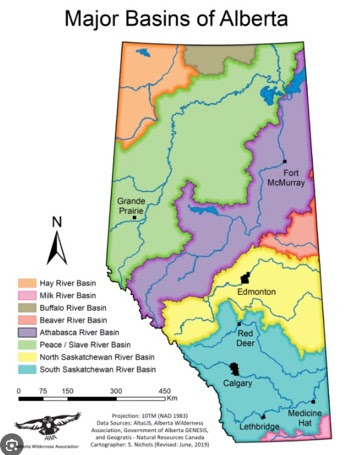You can always count on Doug Pullen to come up with a great theme for his fly tying presentations. Tonight Doug's theme was all about aftershaft feathers. Doug showed us three excellent flyt patterns that use aftershaft feathers. I have added some of Doug's presentation notes below. Thanks Doug for an excellent presentation.
Next week, we will be tying a variety of different Slumpbuster patterns. John Barr was the originatror of this great little streamer. You will definitely want to add some of these to your fly box!
Finally, Willy Spyksma needs help during the Sportsman Show March 8 to 10th. Give Willy a call or text to help him! (403-392-1956). You are at a booth encouraging people/ kids tie a fly and watch a slide show or two! Always a fun time. You can e-mail Willy too at: whspyksma@gmail.com.
Finally, Willy Spyksma needs help during the Sportsman Show March 8 to 10th. Give Willy a call or text to help him! (403-392-1956). You are at a booth encouraging people/ kids tie a fly and watch a slide show or two! Always a fun time. You can e-mail Willy too at: whspyksma@gmail.com.
Today’s fly tiers have many different materials to use for their fly patterns. Feathers; even though they have been used since the beginning of fly fishing, they are still very popular in contemporary fly designs.
All birds have feathers and birds are the only animals that have feathers. Bird feathers are very complex in that each feather is made up of different parts. The center core is called the rachis. The rachis has barbs that extend from it and each barb has a shaft called a ramus. On each side of the ramus are barbules and barbicels which act in a similar way to velcro. This velcor effect allows the barbules of each barb to merry with the barbules of another barb.
This Velcro effect allows you to merry feathers together from different birds.
Birds have basically three types of feathers on their bodies. These are the filoplume feathers which are sensory feathers, the contour feathers which form the visible body contour and plumage, and the aftershaft feathers which provide insulation to the bird.
Underneath just about every body feather, you'll find another feather, a downy, usually grayish and very soft feather. This is the aftershaft feather (hypor hachis) or insulating feather. This feather is sometimes misidentified as a "philo" or "filo" feather or plume. There is such a feather as the "filoplume," but believe me this is NOT it. True filoplumes are those hair-like (filo means hair in Greek) single-strands with a tuft (or plume) on them. Filoplumes are visible only when you've plucked the skin almost bare and are of little use to the practical flytyer.
Aftershaft feathers or naturally a gray colour but you can find aftershafts that have been dyed other colours such as black, burgundy, purple and olive.
The drawbacks to aftershaft feathers are their length as well as being brittle and difficult to wind onto the hook like other feathers. These problems are eliminated when the aftershaft feather is put in a dubbing loop. As many of you know, I love using dubbing loops in many of the flies that I tie. Prepare the aftershaft feather by trimming the butt and plucking the tip of the feather before insertion into a dubbing loop.
When tying leech patterns you can use the same colour throughout the entire leech pattern or you can use different colour combinations to achieve a mottled look.
Most fly tyers use pheasant and partridge to obtain aftershaft feathers. On the pheasants these feathers are particularly useful because many of them are large, long and very regular.
Patterns: Aftershaft feathers are often used for gills on nymphs either tied in flat or wound over the body, but also appears as hackles on wet flies and nymphs and in tags on some salmon flies.
The aftershaft feather when wound as a hackle can also suggest a bulky head.
Aftershaft Balanced Leech
Hook: Mustad 32833BLN jig hook #10
Thread: 8/0 or 70 denier black
Bead: Gold 7/64 tungsten mounted on small sequene pin
Tail: Fluff from pheasant body feather
Body: Pheasant aftershaft feathers (x4)
Aftershaft Partridge and Orange Soft Hackle
Hook: Mustad 3906B #12
Thread: UTC 70 denier orange
Body: Orange floss or silk
Thorax: Aftershaft feather (x1)
Hackle: Partridge, gray (x1)
Aftershaft Hexagenia Mayfly Nymph
Hook: #6-3X long streamer hook bent at 1/3 mark
Thread: Lt Cahill 6/0
Tail: Emu fibers (x3)
Body and Thorax: Pale yellow yarn
Gills: Pheasant aftershaft feather (x1)
Back and Wingcase: Pheasant tail strip pre-treated with Fleximent
Rib: Fine gold wire
Legs: Cock pheasant body feather (x1)
Eyes: Small chain-link, black









1 comment:
Some great loking flies Doug!
Post a Comment